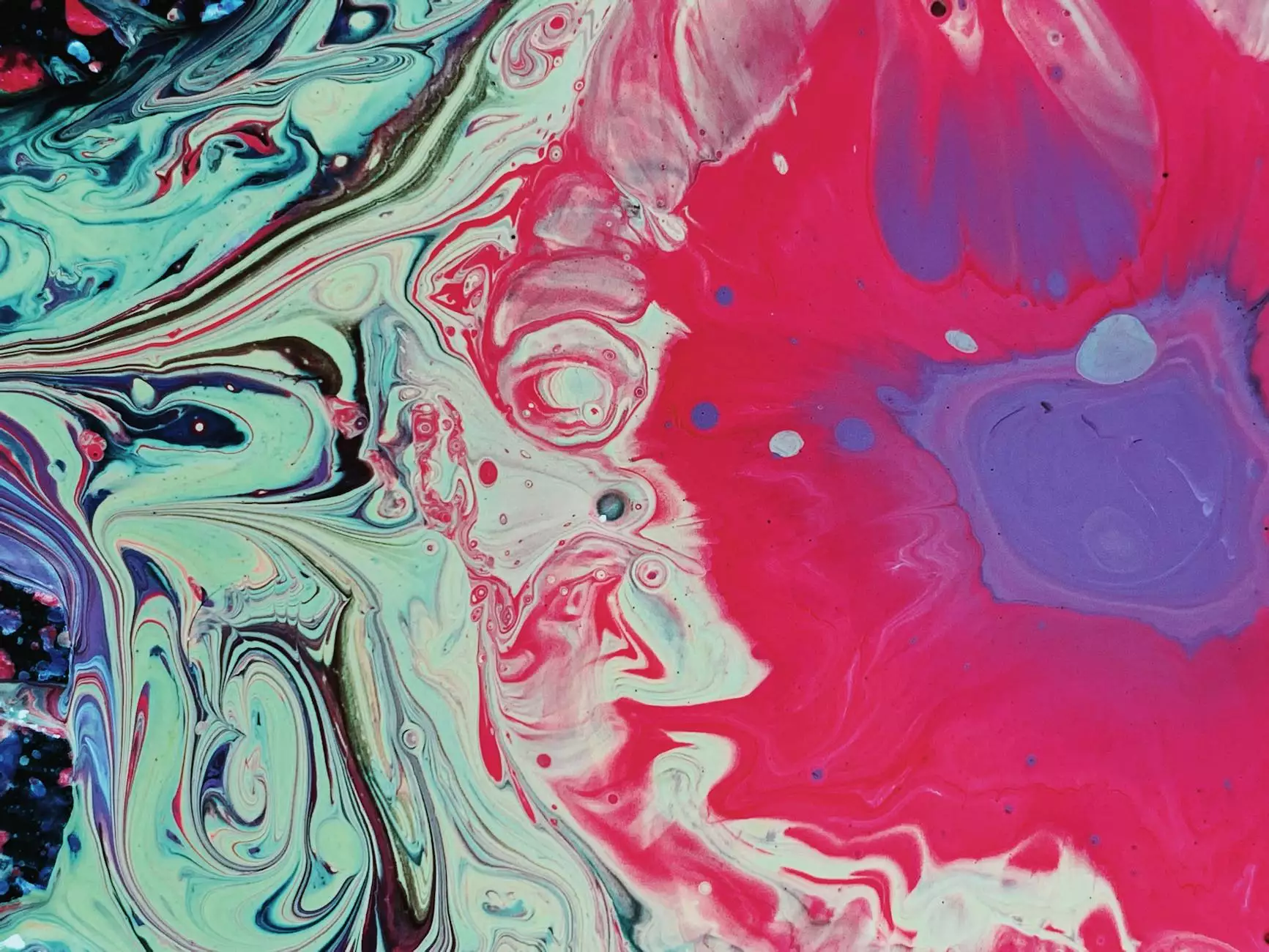The Complexity of Color

Introduction
In today's highly competitive business world, marketing and advertising strategies play a crucial role in attracting and retaining customers. One key element that often gets overlooked is the significance of color in these strategies. Aspen Marketing, a leading firm in the business and consumer services industry, is here to shed light on the complexity of color and its impact on marketing efforts.
The Power of Color
Colors have a powerful effect on human psychology and can evoke specific emotions and reactions. When strategically used in marketing and advertising materials, color choices can greatly influence consumer behavior and perceptions. Understanding the psychology behind different colors can give businesses a competitive advantage in their marketing campaigns.
The Psychology Behind Colors
Red: Associated with passion, energy, and urgency, red is a color often used to create a sense of excitement. It can be a great choice for businesses in the entertainment or food industry to grab attention and create a sense of urgency.
Blue: Blue represents trust, reliability, and calmness. It is often utilized by businesses in the healthcare or financial sectors, as it instills a sense of security and professionalism.
Yellow: Symbolizing happiness, optimism, and warmth, yellow is commonly used to evoke positive emotions. Businesses in the hospitality or food industry can benefit from incorporating yellow into their branding and marketing materials.
Green: Green is associated with nature, growth, and freshness. It appeals to eco-conscious consumers and can be effectively used by businesses in the organic or sustainable sectors.
Orange: Orange combines the energy of red and the cheerfulness of yellow. It represents enthusiasm, creativity, and warmth. Companies offering innovative and creative products can benefit from incorporating orange into their branding.
Purple: Purple is often associated with luxury, creativity, and wisdom. It can be an excellent choice for businesses in the beauty or high-end industries, as it exudes sophistication and elegance.
Implementing Color in Marketing Strategies
To make the most of colors in marketing and advertising, businesses need to consider their target audience, industry, and overall brand image. By incorporating color psychology, businesses can effectively communicate their brand values, evoke desired emotions, and increase brand recognition.
Branding and Logo Design
When developing a brand identity, selecting appropriate colors for the logo is crucial. The choice of colors should align with the desired brand perception and the emotions the business aims to evoke among its target audience. Careful consideration should also be given to color combinations, as they can enhance or diminish the overall impact.
Website Design
A well-designed website should leverage color psychology to create a visually appealing and engaging user experience. The colors used should be consistent with the brand identity and guide visitors through the site with ease. The overall design should reflect the desired emotions and reinforce the messaging.
Marketing Collateral
From brochures to social media graphics, marketing collateral should be consistent in its use of colors. Cohesive branding helps build brand recognition and strengthens the impact of marketing campaigns. Colors should be chosen carefully to align with the desired objectives of each marketing piece.
Conclusion
The complexity of color in marketing and advertising cannot be underestimated. Aspen Marketing understands the power of color and its ability to shape consumer perceptions and drive business success. By leveraging their expertise in the business and consumer services industry, Aspen Marketing can help businesses develop highly effective marketing strategies that utilize the right colors to convey the desired message. Partner with Aspen Marketing today and unlock the true potential of color in your marketing efforts.










